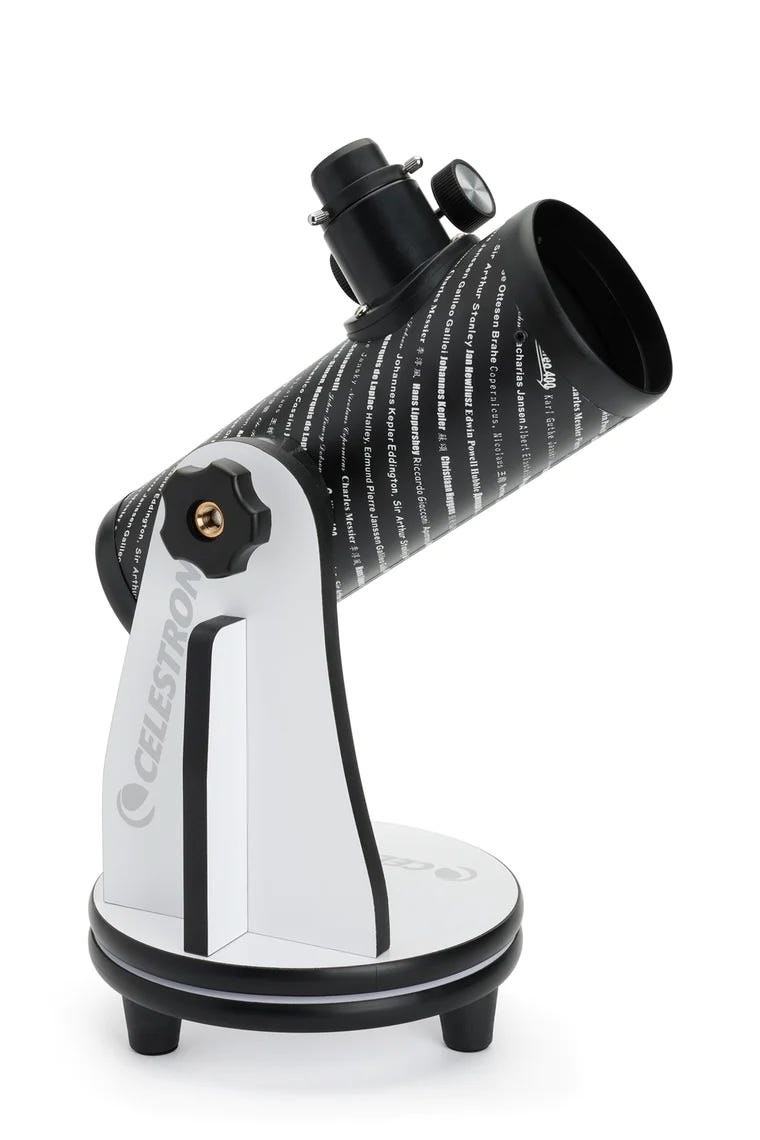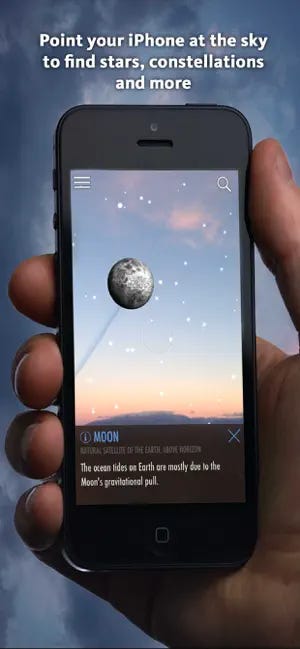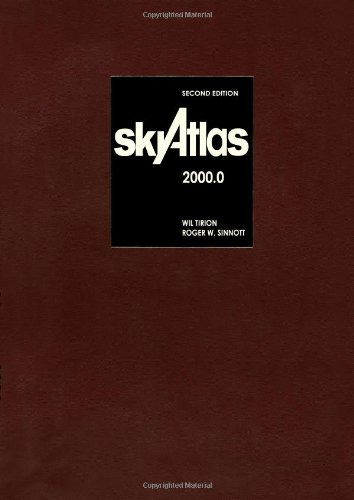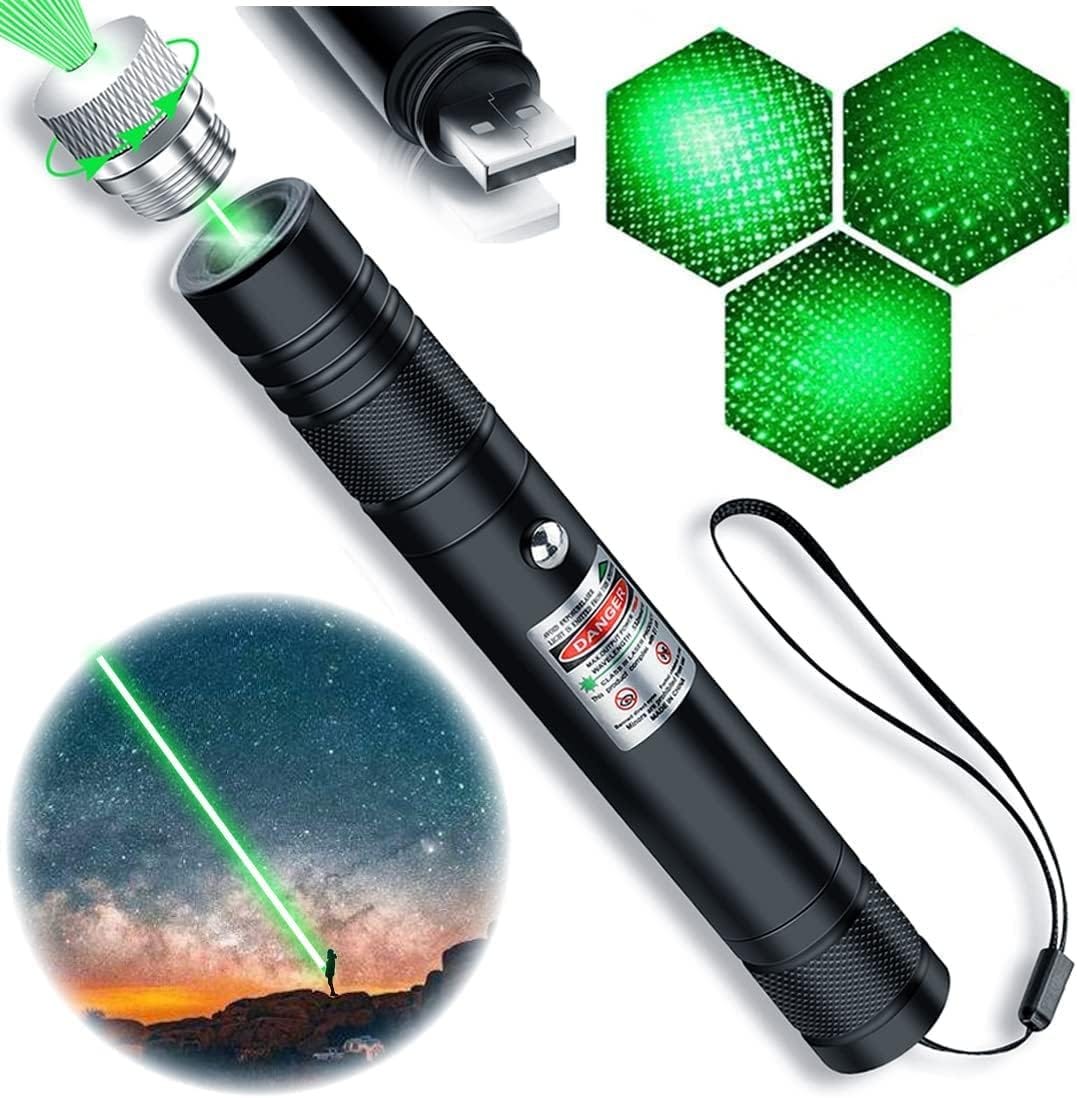Astronomy
Tools for Possibilities: issue no. 32
Once a week we’ll send out a page from Cool Tools: A Catalog of Possibilities. The tools might be outdated or obsolete, but the possibilities they inspire are new. Sign up here to get Tools for Possibilities a week early in your inbox.

Best beginner telescope
The Celestron FirstScope is the best pick for an absolute beginner level telescope. Most entry-level scopes are crap, and most useable scopes start at $300. Since the FirstScope costs only $48, you might be tempted to dismiss it as more useless junk. But I’ve been using the FirstScope, and it is sweet. It needs a sturdy chair or table to perch on, but otherwise is easy to handle. It is compact for storage; it can fit onto a shelf — and it is the perfect size for a small kid. Pretty durable, too. With its 3-inch mirror you can see moons of Jupiter, ring of Saturn, and lunar craters. (I missed that recent comet.) Many other buyers mention that if you substitute decent eyepieces (from another scope) it improves the view tremendously. With one of those you can view a few bright galaxies. It will also focus as close as 30 feet away; we’ve used it as a terrestrial telephoto lens to scan the wildlife on the mountain behind our house.
This is an adequate first telescope to try out sky watching for a small investment. If you want to invest into a higher quality telescope, I recommend Ed Ting’s reviews at ScopeReview. It was Ed Ting’s raves about this little gem that turned me onto the FirstScope in the first place. — KK

Augmented astronomy iOS app
Judging from the reviews in the App Store I am not the first to be enchanted by Sky View, the augmented reality astronomy app. When I point my phone camera at the night sky this app displays the heavens, as if through a window, overlaid with the specks of stars, at appropriately varying brightness. (The phone’s sensors tell the program which way it is pointed, and computes the simulation on screen.)
It also shows planets and satellites in the proper place in the sky. Tap a celestial object, and its name appears, just where the object is in the sky covered by your screen. The effect gives the impression the annotation is happening on the sky itself. It’s quite magical and couldn’t be easier to use. The paths of the planets are traceable as a thick yellow line, and as your finger slides along the line, you can see the times when the planet will arrive at this point in the sky. Constellations appear as ghostly outlines, good for learning. Recently Sky View has been especially fun, with Mercury, Jupiter, and Venus all visible on the western horizon around sunset, and Mars rising overhead at night. — Gary Wolf

Map of the greater neighborhood
This is the definitive atlas of stars for backyard star gazers. Large charts accurately map any star you can see from Earth with amateur optics. There are a lot of them; about 80,000 (visible to magnitude 8.5). Professional atlases list fainter objects, and field guidebooks like Peterson’s may be more portable, but the Star Atlas 2000 is now the standard reference star catalog for serious buffs navigating into deep space.
[Sky Atlas 2000.0, 2nd edition, is available in a confusing array of versions: Deluxe (black stars, white sky, color deep-sky objects), spiralbound, or hardcover, or in two black-and-white versions: Field (white stars in black sky), or the inverse Desk (black stars in whites sky). Both black-and-white versions are available either as loose charts, boxed, or as laminated pages, spiralbound. The consensus among amateur astronomers is that the spiralbound deluxe version of black stars on white sky with color objects is the most useful.]

Best backyard astronomy aid
After a telescope, this is the best astronomy educational tool I’ve seen. At night this AAA battery-powered green laser pointer can seemingly touch the stars millions of miles away. Compared to a red laser pointer, the green beam remains visible and penetrates the air much farther. Because of its particular spectrum you see the beam and not just the end dot. Also, it’s about 50 times brighter than an ordinary red laser pointer — using the same safe low power. On a clear night it can easily shine a dot a mile away. With its sharp laser beam you can pinpoint the exact star you want, which greatly accelerates mapping and learning the constellations. I’ve been amazed at how much faster I’ve learned the heavens with one of these in hand.
The problem with green laser pointers has been their stiff price. Only recently have they dropped below $50, which is still a lot for an educational tool. Manufacturing green laser engines is more art than science so their actual power output varies by final pointer. The lasers are sorted after they are made. The select ones near to the legal “pointer” limit of 5 milliWatts are labeled as such and are priced around $100 these days. The others are labeled as “less than 5mW” or “guaranteed to be up to 5 mW” and are priced as cheap as $40, but their actual power is not stated. For a star pointer all you need is one of these cheap ones. I’ve been using an inexpensive “up to 5mW” version that works wonderfully.
Incidentally, you can purchase higher powered green lasers from Wicked Lasers that exceed the mandated 5 mW. Their 75 mW green laser goes for $100 and their scary/astounding 1 W for $300. These are incredibly bright at night, but overkill for an astronomy aid. — KK
05/1/23





